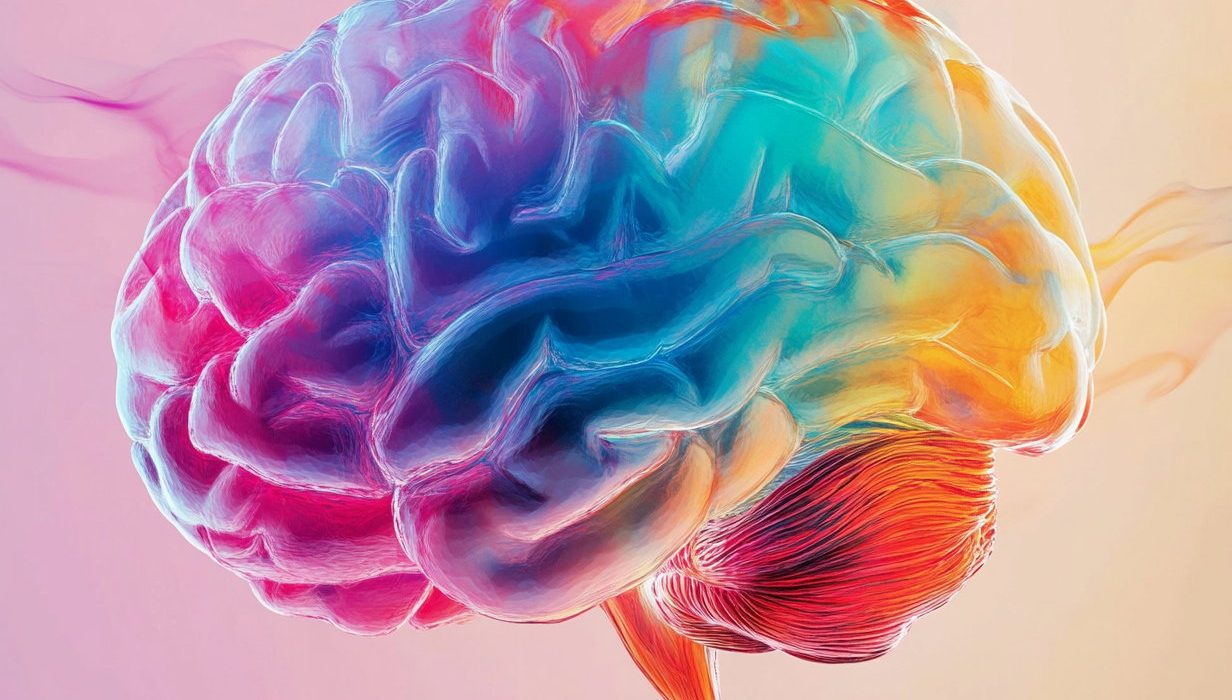The beginning of old age’s cognitive decline can begin from your 30s. Know how the brain changes in your late adulthood.
The brain continues to grow, develop, and change over the years. While maybe its growth peaks in early adulthood but it never really stops changing, evolving across each decade. While the graph of cognitive decline may begin from late adulthood itself, proper brain-healthy routine help protect and reduce risks of neurodegenerative diseases. The first shift in brain is seen in 30s which marks the beginning of the gradual degenerative tranformation that happens over the decades.
Dr Jayadev Panchawagh, consultant neurosurgeon, Sahyadri Super Speciality Hospital, Deccan Gymkhana, Pune, shared how brain is a rich organ which is always evolving.
He said, “Transitioning from early adulthood into middle age and beyond, the brain weaves a pattern of gentle yet purposeful alterations in both its architecture and its circuitry. These alterations exert a quiet but meaningful influence over our attention, our recollections, our emotional responses, and our choices. During later life, some cognitive abilities may crystallise into strengths, while others may take on a more deliberate tempo. By recognising these developmental landmarks, we can choose habits and environments that nourish our cognitive vitality.”
Brain development in late adulthood
Throughout life, the brain continues to develop in different ways across age groups, from decade to decade. And it does take time to completely mature through childhood and adolescence, and well into the 20s as well. However, 30 onwards, the brain structure begins to change, and then further, decade by decade. From low working memory in 30s to completely visible signs of cognitive decline in 60s, like slurred speech, brain undergoes rapid transformation over the decades.
Dr Jayadev Panchawagh shared a guide, covering the transformation across the decades of late adulthood:
1. Brain in 30s: Peak performance and subtle shifts
- Cognitive function with minor delays: In the 30s, the brain is still at its peak, with strong memory, quick thinking, and problem-solving skills. But subtle changes may begin to appear, such as slight delays in recalling small details like names or phone numbers.
- Working memory drops: Working memory might become a bit less efficient, and multitasking may feel more challenging, though it doesn’t significantly impact daily life.
- Grey matter declines: The brain’s adaptability remains high, with the ability to form new connections, but a gradual decrease in grey matter (the part of the brain responsible for processing information) starts to occur.
- Better emotional regulation: Emotionally, individuals in their 30s tend to manage stress and make decisions with greater ease, thanks to the fully developed prefrontal cortex, which controls emotions and planning. This stage of life often brings greater emotional stability, as the brain’s ability to regulate emotions improves. Though the early signs of age-related changes are present, they are generally mild and not disruptive to daily functioning.
2. Brain in 40s-50s: Early signs of decline
- Brain’s processing speed slows: In the 40s, some cognitive changes become more noticeable, though they are typically mild. The brain’s ability to process information quickly slows down, making tasks that require fast thinking, like reacting in conversations or making decisions, take a little more time. The white matter, the brain’s wiring that connects diverse regions in the brain, begins to decline, which makes thought processing difficult.
- Mild memory lapses: Memory lapses, such as forgetting where you placed your keys, also become more common, but these are usually not a cause for concern. These changes are part of normal aging and do not significantly impact daily life.
- Multitasking takes longer: Multitasking feels more effortful, and one takes a beat longer to untangle complex problems.
- No more fresh neurons: Neurogenesis, the process of producing fresh neurons, quiets down, yet brain’s fundamental plasticity, the capacity to reorganise and forge performance maps, remains.
- Hormonal shifts affect brain: Balancing jobs, kids, and partners can dial up stress, and for some, the shifting hormonal landscape of early perimenopause may nudge mood and emotional reactions. Despite these challenges, emotional stability generally remains intact.
3. Brain in 60s: Visible Changes and increased vulnerability
- More visible behavioural changes: By the time you reach your 60s, the brain undergoes more noticeable changes that affect cognitive abilities and brain function.
- Poor memory: Memory challenges, such as forgetting names, appointments, or daily tasks, become more common.
- Very slow brain processing: Slower processing speed may also emerge, making it harder to make decisions or switch between tasks.
- Risks of neurodegenerative diseases: Severe memory loss could indicate conditions like Alzheimer’s disease, which becomes more prevalent with age. The brain also shrinks in size during this period, particularly in areas responsible for memory and reasoning. The hippocampus, critical for forming and recalling memories, begins to shrink, making it harder to remember new information.
What happens after 60?
Now that you’re familiar with how the brain evolves from your 30s through your 60s, it is important to understand what lies beyond. As 60 onwards, there is a risk of neurodegenerative diseases like Alzheimer’s or Parkinson’s.
Weighing in on the period beyond 60s, the neurosurgeon added, “When you reach your 60s, the emotional dashboard sometimes lights up a little differently. Retirement, a changing body, and the quiet absence of friends can push emotional buttons, yet decades’ worth of learned regulating strategies often cushion the impact. At the same time, neurodegenerative diseases like Alzheimer’s or Parkinson’s can happen. That group of illnesses can steal short-term memory, dislodge the streaming continuity of thought, and sap the smoothness of movement. The disruption to everyday quality can get affected, and yet early diagnosis paired with early treatment and consistent support can extend both time and quality.”
How to protect brain health?
You can reduce the risk of cognitive decline by incorporating brain-friendly activities into your routine early in life. The neurosurgeon listed out these activities that help support and protect brain health:
- Moving your body regularly sends more blood to the brain, which in turn lifts memory and thinking skills.
- Keeping your mind active, whether you’re reading a book, solving puzzles, or learning a new language, these activities help strengthen neural connections and may slow down age-related changes.
- Staying connected to loved ones and communities keeps loneliness at bay and lifts mood, both of which are good for your brain.
- Eating a colourful array of fruits, vegetables, nuts, and fish floods your cells with antioxidants, vitamins, and omega-3 fats, nurturing the brain for the long haul.
5. Prioritising restful sleep for 7 to 9 hours each night allows your brain to file away memories and recharge for tomorrow.









